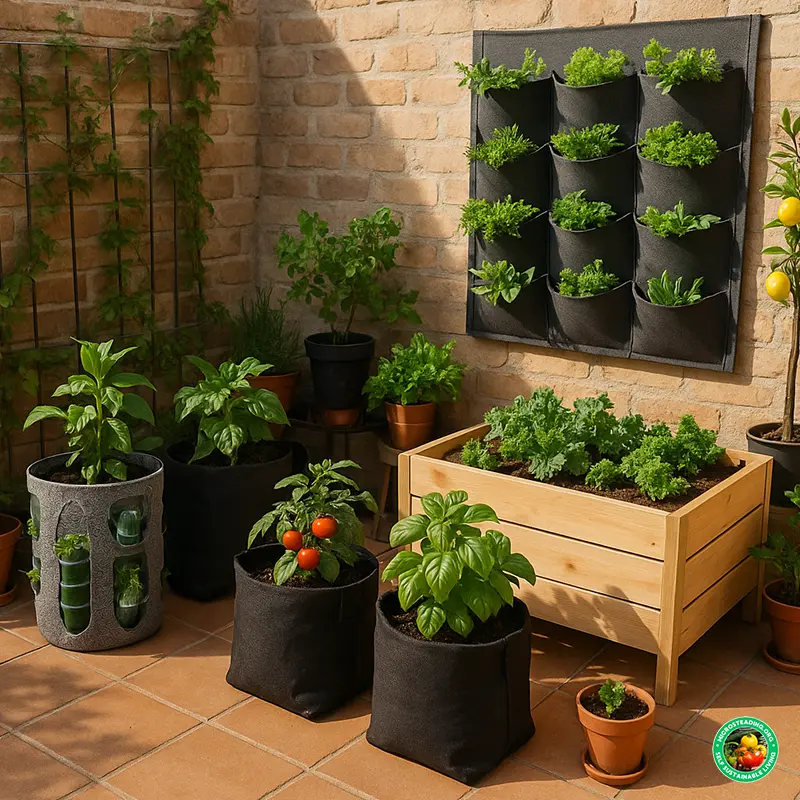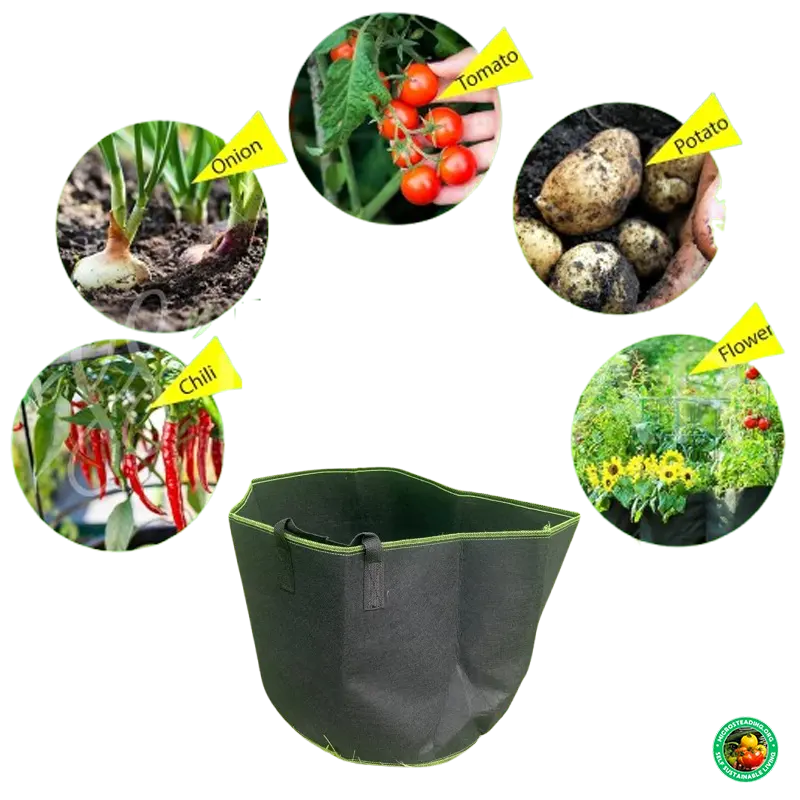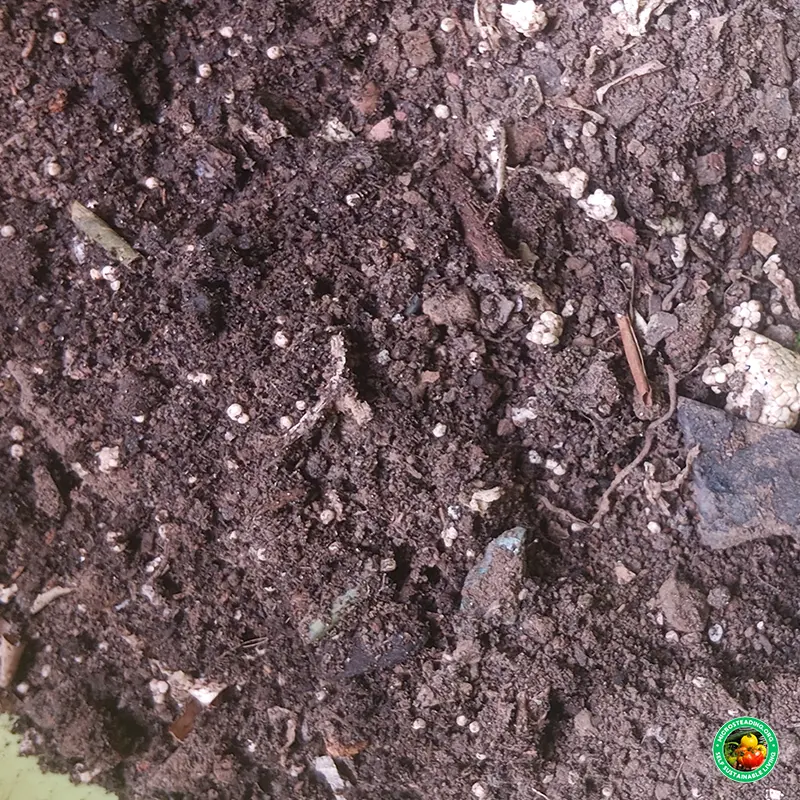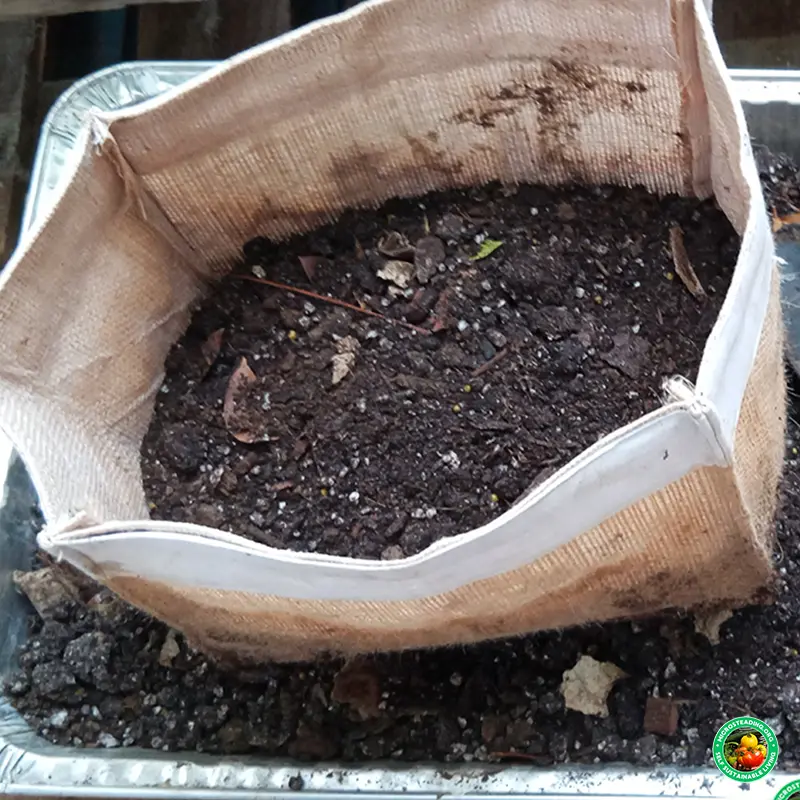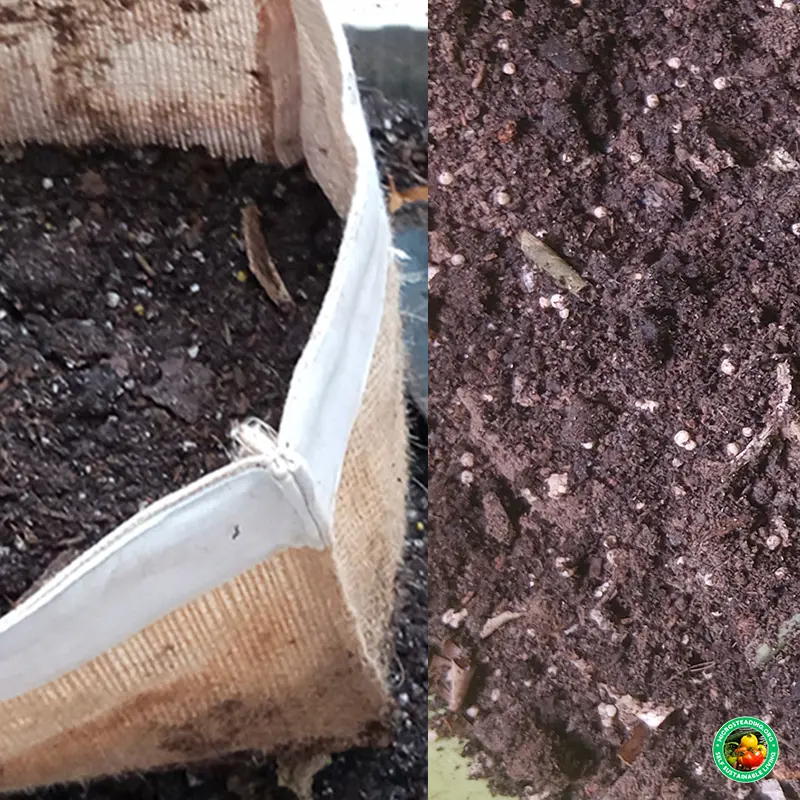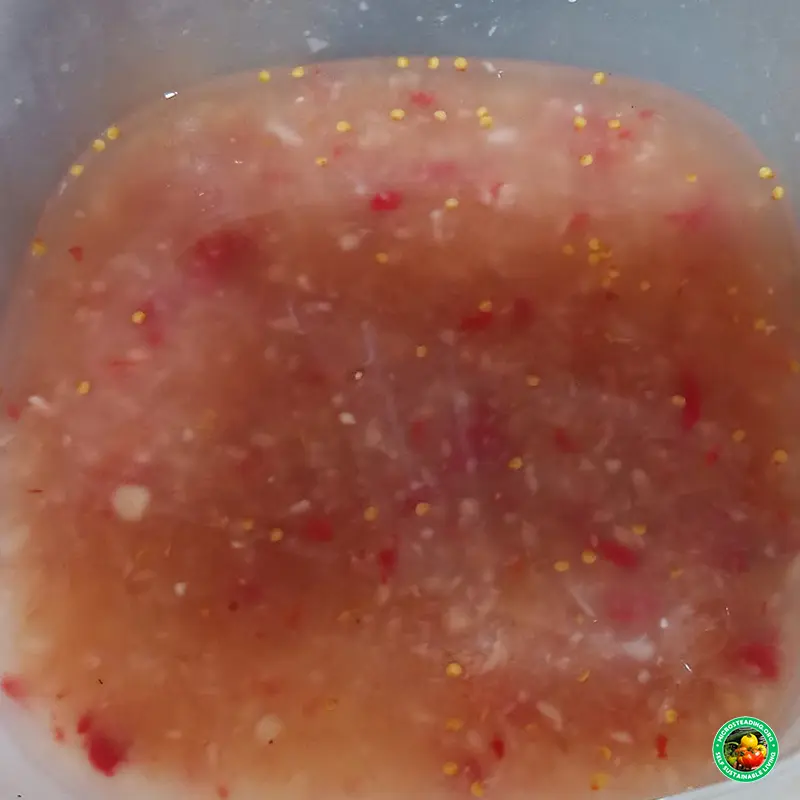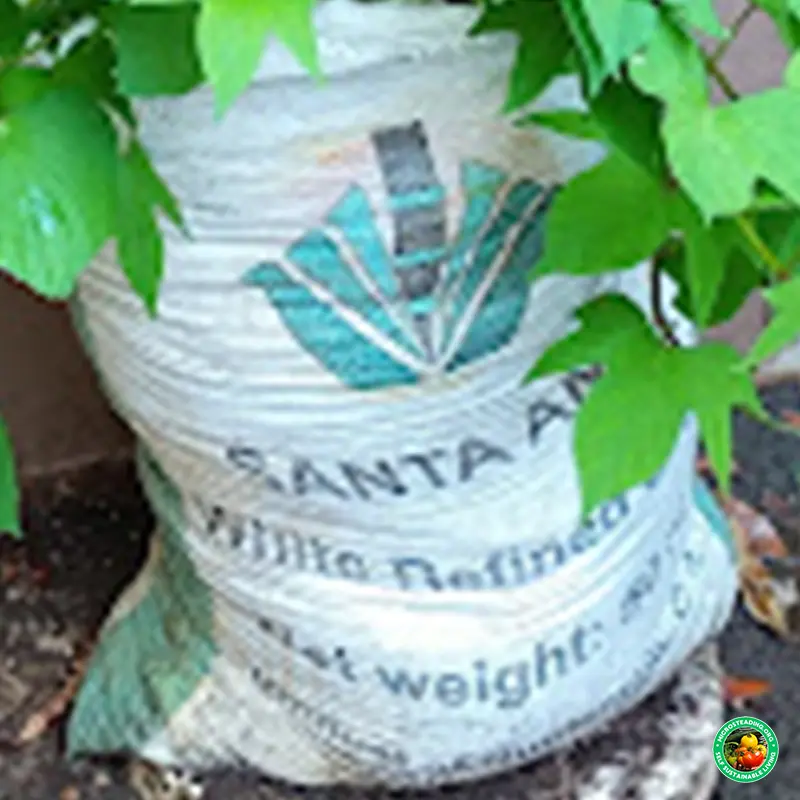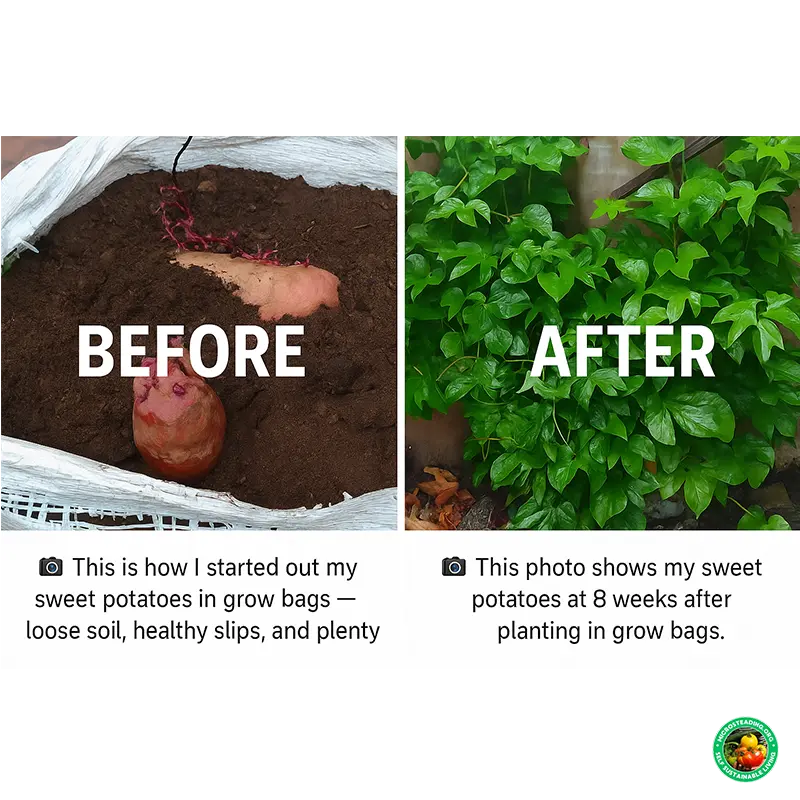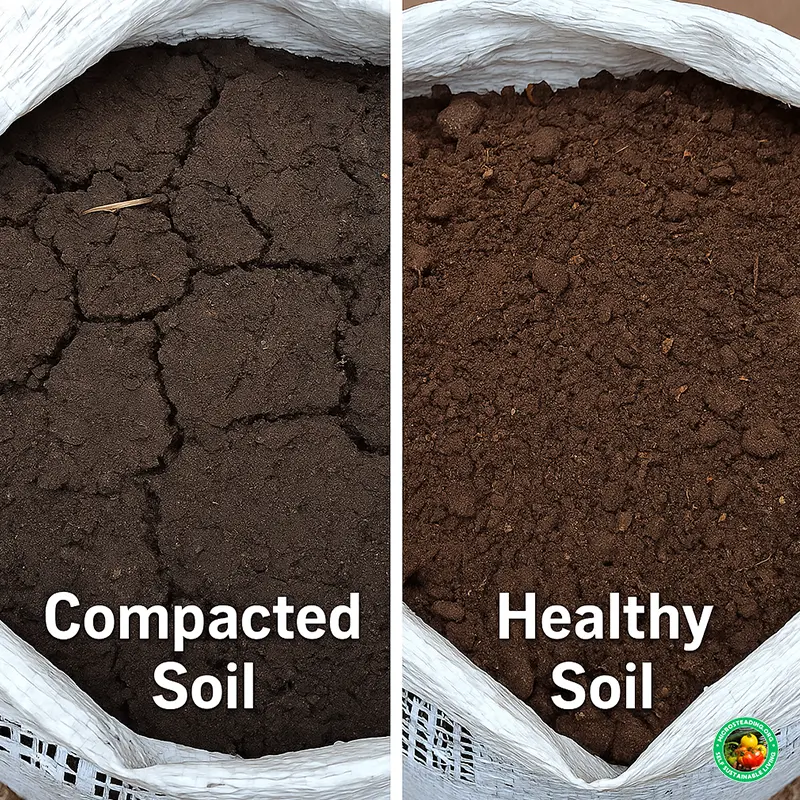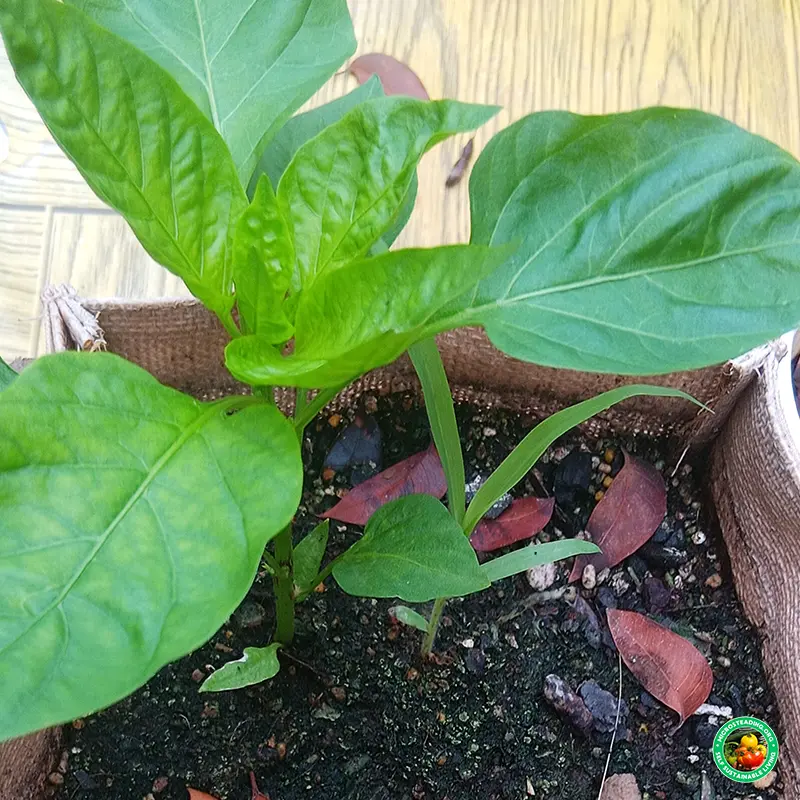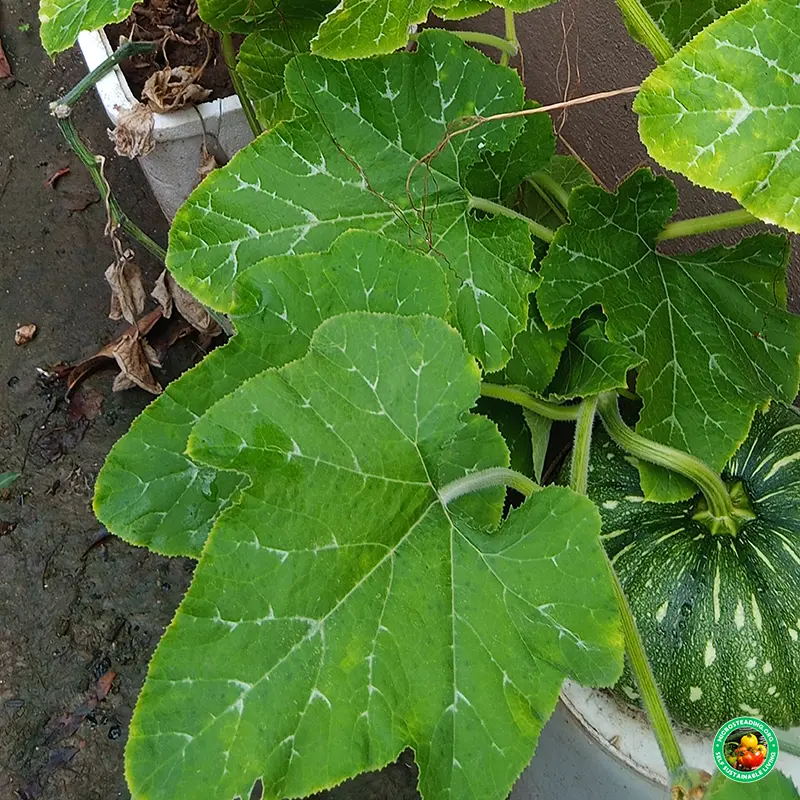Companion Planting in Grow Bags - Smart Pairings for Small Spaces
Companion planting is the art of pairing plants that help each other thrive. When space is tight, like in a grow bag garden, it becomes more than just a nice-to-have. It’s a smart strategy for boosting yields, reducing pests, and making every inch of soil count.
The good news? You don’t need a massive garden to benefit from companion planting. Even a single 5- or 10-gallon grow bag can host a productive plant duo or trio. Let’s explore the best pairings and tips for success.

🌿 Carl’s Companion Tip:
In my own Microstead, I used a combination of Basil, Mexican Mint, and Mint alongside Tomatoes — and it worked wonders to protect against whiteflies and leaf miners. This setup performs especially well in tropical climates like USDA Zone 13, but it can also thrive in Zones 9–12 with proper spacing and airflow.
Not sure what zone you're in? Check the official USDA Plant Hardiness Zone Map to find your climate zone.
Why Companion Planting Works So Well in Grow Bags
Grow bags create a unique environment: lightweight, breathable, portable, and confined. That combination makes them ideal for micro-systems where every root, leaf, and drip of water matters.
Here’s why companion planting is so effective in bags:
-
Natural pest defense — Strong-scented companions like basil or marigold help deter harmful insects.
-
Better use of vertical space — You can pair upright growers with groundcover herbs or shallow-rooted crops.
-
Moisture balance — Some combinations help shade the soil and reduce evaporation.
-
Healthier soil — Diverse root systems support microbial life and nutrient cycling.
Ground Rules for Success in Small Containers
Before you start mixing plants, keep these grow bag-specific rules in mind:
-
Choose crops with similar root depth and watering needs.
Don’t pair a shallow-rooted lettuce with a deep-rooted tomato unless the bag is large enough to support both. -
Mind your grow bag size.
A 5-gallon bag can host one or two small plants, while a 10–15 gallon bag can handle a trio if spacing is correct. See our complete guide on Choosing the Right Size Grow Bag. -
Avoid overcrowding.
Each plant still needs light and airflow. You want cooperation, not competition. -
Use rich, well-draining soil.
Companion plants thrive when the mix supports multiple types of roots. Our Best Soil Mixes for Grow Bags article has great formulas to support multi-plant setups.
Top Companion Plant Combos for Grow Bags
Here are compact, container-friendly combos that work beautifully in 7 to 15-gallon bags:
Tomato + Basil + Marigold
This classic trio does it all: basil improves tomato flavor and deters aphids, while marigold fends off nematodes and whiteflies.
Lettuce + Radish + Dill
Fast-growing greens like lettuce and radish make a great pair. Dill brings beneficial insects and can grow taller in the center or back of the bag.
Carrots + Onions + Chives
These root and bulb crops occupy different zones in the soil and repel pests that attack each other.
Peppers + Oregano + Green Onion
Oregano is a living mulch and pest repellent, while green onions take up little room and help deter spider mites.
Spinach + Strawberries
A fun pairing that takes advantage of spinach’s cool-season growth early on, followed by strawberries later in the same bag.
Pairings to Avoid
Not all neighbors get along. Here are some combos best avoided in confined grow bags:
- Tomato + Fennel — Fennel releases compounds that inhibit tomato growth.
- Beans + Onions or Garlic — These can stunt each other’s development.
- Cucumber + Sage — Competing needs and conflicting scents may confuse pollinators.
When in doubt, check compatibility before planting two crops in the same bag.
Smart Layouts for Mixed Grow Bags
You don’t need a fancy blueprint, but a little planning goes a long way.
10-gallon bag layout (3 plants):
- Center: Cherry tomato
- Side 1: Basil
- Side 2: Marigold
15-gallon bag layout (5 plants):
Center: Pepper
Corners: Oregano, Green Onion, Chives, Parsley
Keep taller crops toward the back or center. Surround them with low growers or herbs that can tolerate partial shade.
Watering and Nutrients in Companion Bags
-
Water deeply and evenly. Shared grow bags mean plants draw from the same reservoir. Check moisture levels daily in hot weather.
-
Use a balanced organic fertilizer, but consider side-dressing extra compost for heavy feeders like tomatoes or squash.
-
Refresh the top few inches of soil mid-season if one crop is spent and another is still producing.
Looking for more natural ways to defend your grow bag garden? Our Dealing with Pests in Small Grow Spaces guide has low-tox solutions that pair perfectly with companion planting.
Final Thoughts
Companion planting in grow bags is a microsteader’s secret weapon. With smart combinations and just a bit of planning, you can boost harvests, cut down on pests, and keep your plants healthier — all in a space no larger than a tote bag.
Experiment with combos that suit your climate and cooking style. Once you find what works, you’ll wonder how you ever gardened without it.


